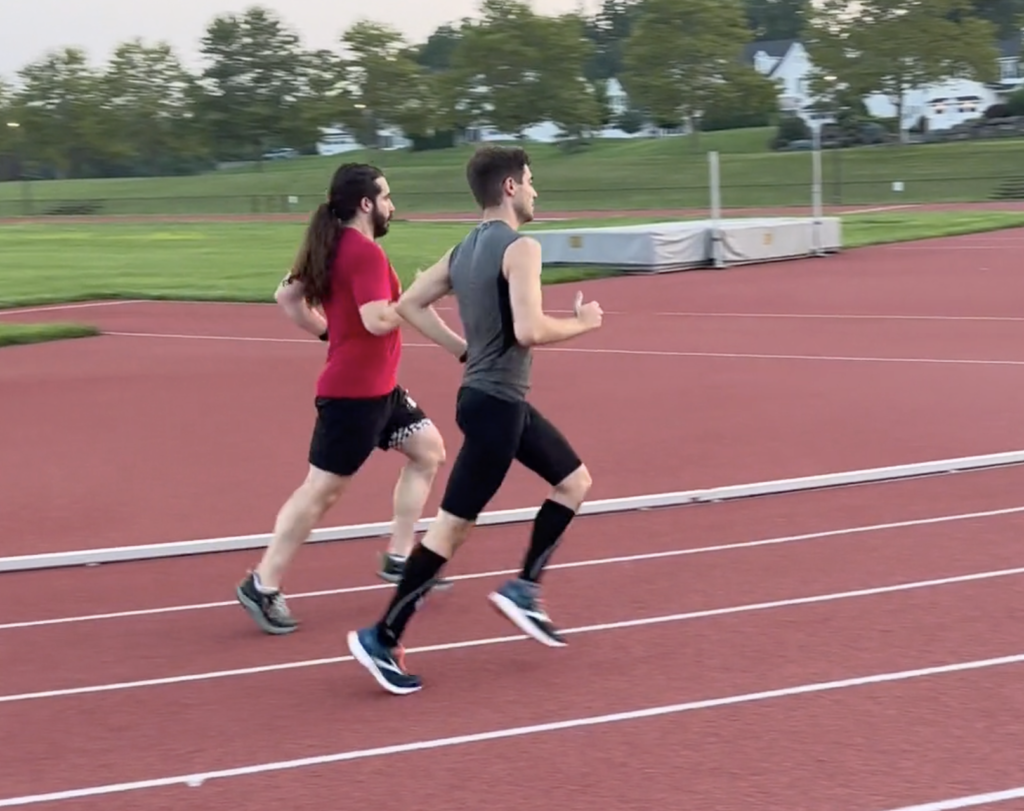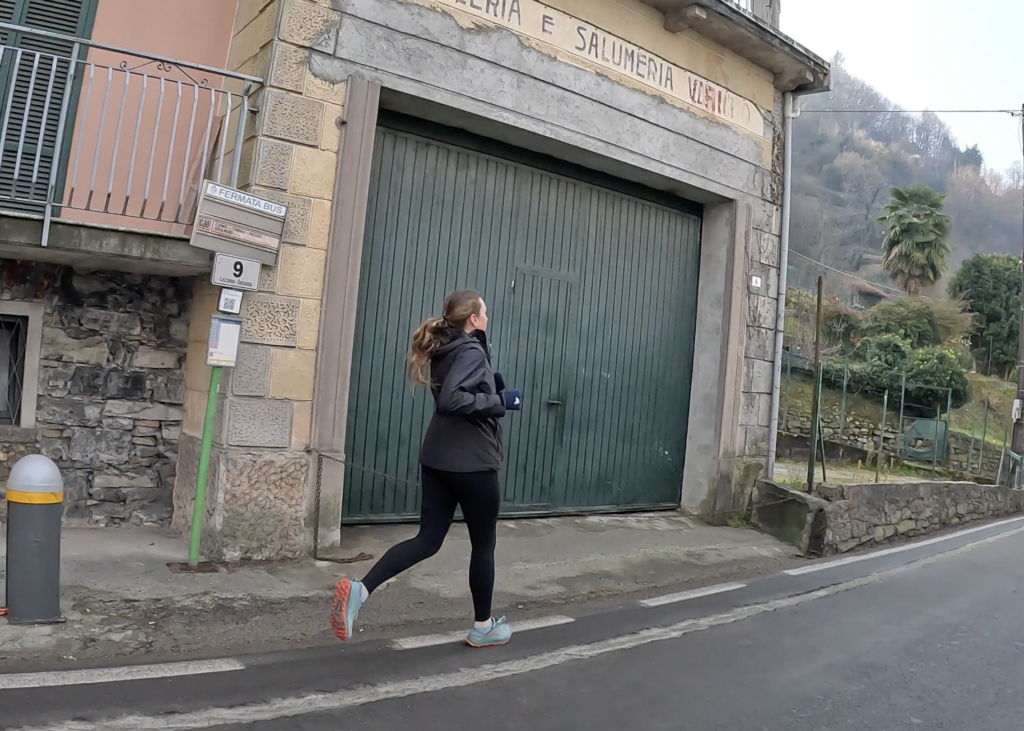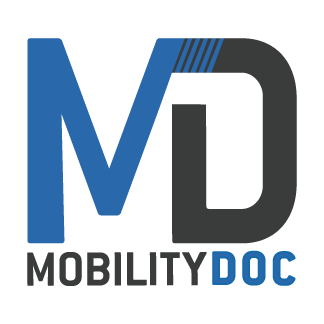If you’re getting ready to lace up your sneaks and hit the pavement after an injury or a break, there is more to consider than you realize. A ton of runners that walk through our door struggle with re-entry when they’re ready to get back to doing what they love! Today we are sitting down with Dr.’s Chloe and John to discuss how to safely return to running.
With tons of experience, personal and professional, our Mobility-Doc team has figured out that there are 3 main phases when you return to running. They all incorporate different aspects of the sport to help your body slowly get used to the rigors on your body. Let’s explore what they are and how each one has a specific purpose!
Phase 1
Phase 1 is your very first day out re-introducing running back to your body. In this phase we focus on intervals. We generally start with run/walk intervals of 2 minutes running and 1 minute walking. Your run should be gentle, not a sprint! Just light and easy to see how your body tolerates the act of running. Using intervals allows your body to have small doses of running without overloading it! Your muscles and neurological systems have a chance to catch up with what you’re asking your body to do. As these intervals become easier and you don’t feel like the break is needed, try increasing the amount of time running. You can go to 5 minutes running to 1 minute walking and so on. Once you achieve a 5:1 ratio for a reasonable distance (to you) with no discomfort, you can move onto phase 2!

Phase 2
Now that you know you’re over the first hurdle, you’re ready to start running with no breaks! As exciting as this is, it’s not the time to go full tilt. You want to keep the same light and easy pace you have been at since the beginning of your return to running. Phase 2 is all about volume (mileage). The goal here is to slowly and steadily increase the amount of miles you’re running without changing your tempo. It’s hard, I know, but the idea in phase 2 is to feel good! If you start pushing and things start not feeling great, it might be an indication to slow down and not do as much yet. Think of it like every day is a recovery run day! Once you’ve slowly increased your mileage to about 80% of where you’d like to be without any issues, you’re ready for phase 3.
Phase 3
Speed is the last piece of the puzzle we need to begin incorporating into your running. We now turn the tables and put a hold on your mileage. That means now that you’re comfortably at about 80% of your mileage, you’re not going to push and do more. Instead you’re going to keep the same amount of volume you’ve been doing and slowly increase your speed/pace. Again, we aren’t going from 0 -100! You need to increase your speed slowly over time.
Once you’re feeling great running at a faster pace at 80% of your mileage, it’s time to bounce back to phase 2. Now you keep your newfound speed and go back to slowly incrementally increasing volume. You’ll go back and forth between these 2 phases until you’re comfortably where you want to be!
Watch Our Return To Running Video
Dr.’s Chloe and John discuss in detail what to expect from each phase and how they should progress.
Now What…
Well, you’re ready! That’s what! If you stick to all 3 phases and respect them for what they are going to achieve, you’ll be ready to go in about 2 months. Everyone’s return to running is different though. It’s important to remember that there are many variables involved. Things like, what your injury was, how long you’ve been out of the game, and how much running you’re looking to do all impact the amount of time it will take.
The Most Important Things To Remember….
This process is pretty involved and many people go through it every year. We have 3 major points that you are going to want to remember.
The biggest takeaway from this is that you only change 1 variable at a time. As tempting as it is to introduce more speed and volume at the same time, trust us when we say it’s not a good idea. When you start adding too many stressors on your body at once you’re opening yourself up to injury. It’s so important to listen to your body and react to what it tells you. If something is talking (pain or discomfort in an area) give it a little TLC!
Talking about giving your body TLC leads us to point number 2. Continue doing your recovery work. If you were injured from the get go, you already know that recovery work is hard. But, it’s so important to keep you on the right track. If you start introducing all of these stressors on your body without doing anything to keep those muscles happy you’re going to end right back where you started.
Lastly, you made it through all 3 phases which is amazing! Now you can move forward with more knowledge and better habits. This whole process has hopefully helped you get into a better routine for your body and a sustainable running future! Commit to doing your warm-ups and cool downs and make them non-negotiable. Once you have these habits formed you’ll look back and wonder how you ever made it through life without them!

No Matter What
It’s important to celebrate your milestones big and small. Keep in mind that every step you take is one towards your goal and even though sometimes they’re backwards you are still heading in the right direction! Reach out to us if you have any questions or are looking for a customized plan to help you on your return to running!
Keep Yourself Healthy For Running
Need to mix up your running strength and mobility routine? MDRx Runner is the perfect combination of recovery and strength work to keep you healthy, balance out asymmetries, and keep you running all year long. Incorporate this into your daily routine (only adding 15 mins) and you’ll be so happy you did. You’ll feel better and stronger as your season progresses.








